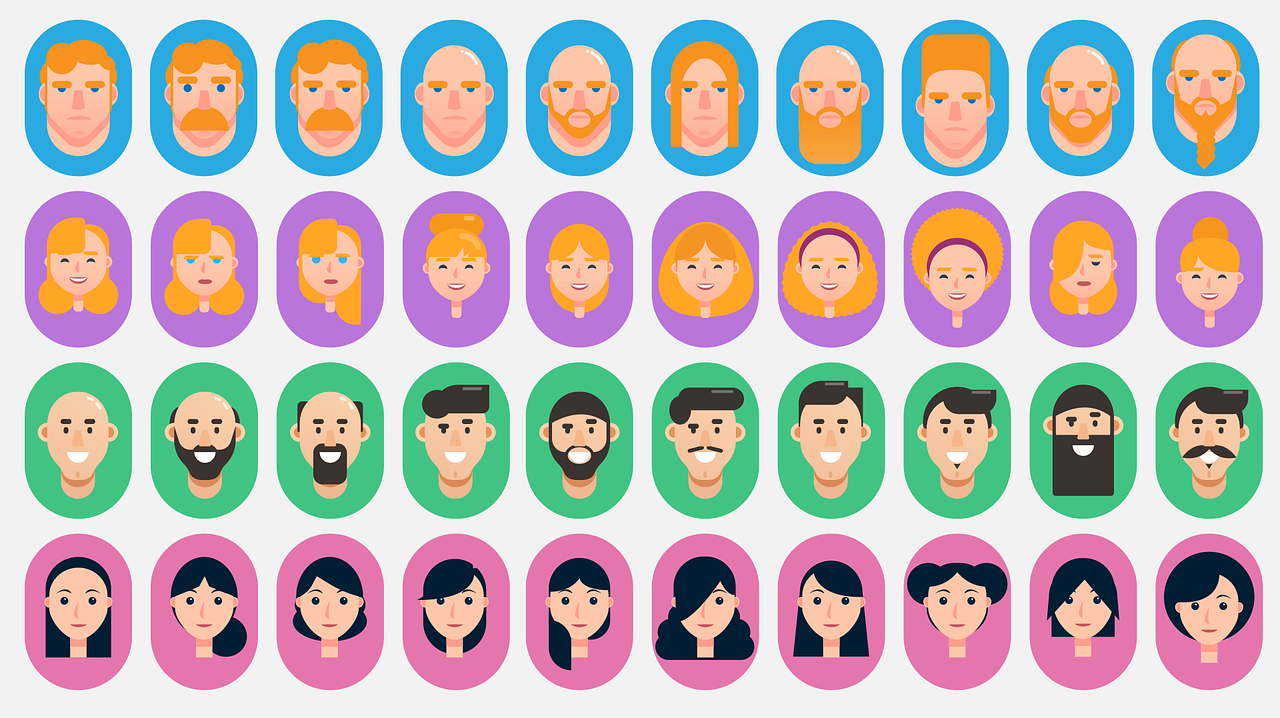In today’s digital world, which is constantly morphing and evolving at an ever-increasing pace, UX designers act as the architects. They are the ones who shape the terrain that users navigate. Undoubtedly, user satisfaction remains a primary goal. However, it’s crucial to recognize that the ethical implications of the design decisions we make carry equal weight. To address this growing need, this article dives deep into key ethical considerations in UX design. We will not only highlight their importance but also provide practical tips that you can seamlessly integrate into your design process, ensuring your creations are both effective and responsible.

Respecting User Privacy: The Foundation of Trust
In today’s data-driven world, where personalization is paramount, privacy remains the cornerstone of ethical UX design. Users entrust designers with their information, forging a critical relationship built on trust. Therefore, we must carefully navigate the delicate balance between personalization, a key tool for enhancing user experience, and intrusion, which can erode trust and damage that relationship. This balance requires careful consideration and ethical decision-making throughout the design process.
Transparency and Informed Consent
Don’t leave users in the dark! Clearly explain how data is collected, used, and protected. Empower them to make informed decisions about their interaction with your product by providing easy-to-understand explanations of data practices.
Minimize Data Collection
Resist the urge to be a data hoarder. Collect and use only the information absolutely essential for your product’s functionality. Unnecessary data collection not only increases privacy risks but also makes data breaches more likely.
Consider this: Imagine using a weather app that asks for your location and browsing history. While location data makes sense, browsing history feels unnecessary and intrusive. This is a prime example of exceeding data collection boundaries.

Accessibility: A Right, Not a Privilege
Accessibility isn’t a bonus feature; it’s an essential aspect of ethical UX design. An ethically sound design ensures that everyone can use your product, regardless of ability, background, or skill set.
- Embrace Accessibility Guidelines: There’s a wealth of resources available! Familiarize yourself with accessibility guidelines like WCAG (Web Content Accessibility Guidelines) to create designs that are usable by a wider audience.
- Test with Diverse Users: Don’t make assumptions about your user base. Conduct user testing with individuals from diverse backgrounds to identify potential accessibility issues and ensure your design is effective across different contexts.
For instance: Let’s say you’re designing a learning management system for an online university. Including features like closed captions for video lectures and keyboard navigation for all functionalities ensures an inclusive experience for users with diverse needs.

Avoiding Dark Patterns: Building Trust Through Transparency
“Dark patterns” are design elements that trick users into actions they might not intend, like subscribing to a service or making a purchase. They’re the antithesis of ethical UX design.
Be Transparent and Honest!
Always be upfront in your design choices. Don’t resort to manipulative tactics or dark patterns in an attempt to boost engagement. Building trust with your users requires transparency and honesty.
Here’s an example: In the past, LinkedIn received criticism for using dark patterns to promote its email marketing services. Ethical UX design prioritizes clear and honest communication over manipulative tactics.

Cultural Sensitivity and Inclusion: Designing for a Global Audience
UX design doesn’t exist in a vacuum. It should reflect the cultural and societal norms of the audience you’re targeting.
- Incorporate Diverse User Testing: Ensure your user testing process is inclusive. Include users from diverse cultural backgrounds to identify potential issues and ensure the design is well-received across different cultural contexts.
- Embrace Inclusive Representation: Go beyond stereotypes! Incorporate diverse elements like images, illustrations, and avatars that represent various ethnicities, genders, ages, and abilities.
A great example: The emoji redesign to include a range of skin tones is a step towards more diverse inclusivity. It’s a small but significant change that acknowledges the global user base of digital products.
Mental Well-being: Designing with User Health in Mind
The impact of digital products on mental health is a critical ethical concern. Platforms like Instagram have been scrutinized for their influence on body image and self-esteem.
- Prioritize Positive Design Features: Integrate design features that promote positive interactions and self-awareness. Consider including screen time reminders or wellbeing guides to help users maintain a healthy relationship with your product.
- Empower Users with Choice: Give users control over their experience. Offer options like the ability to opt-out of seeing “likes” on social media posts, allowing them to curate a healthier user experience.
Take Instagram for example: Recently, they introduced a feature allowing users to hide “like” counts. This shift in focus from social comparison to content creation can contribute to a healthier user experience.

Sustainable Design Practices: Minimizing Your Digital Footprint
Sustainability is becoming increasingly relevant in UX design. Ethical considerations now include minimizing digital carbon footprints and promoting sustainable user behaviors.
- Choose Eco-Friendly Hosting: Don’t contribute to climate change! Opt for eco-friendly hosting options for your digital space and consider the environmental impact of the underlying infrastructure.
- Nudge Users Towards Sustainable Choices: Use design to gently nudge users towards sustainable behaviors. This could involve features like automatic energy-saving settings or highlighting eco-friendly product options.
For example: An e-commerce platform could showcase products made from recycled materials or highlight brands with sustainable practices. These subtle nudges can make a big difference in user behavior.
Going even further: The company itself could power its operations with renewable energy sources and offset its carbon footprint. This commitment to sustainability would be reflected not just in the design but also in the company’s core values.

User Autonomy and Control: Putting Users in the Driver’s Seat
User autonomy in UX design is all about empowering users to control their interactions within a digital interface through informed decisions.
- Offer Clear Opt-Out Options: Don’t trap users in unwanted features or services. Provide clear and easy-to-use opt-out options for anything they might not be interested in.
- Prioritize Customizable Settings: Give users the reins! Offer a range of customizable settings to allow them to tailor their experience to their preferences.
Think about Gmail: Their customizable inbox and privacy settings are a great example of empowering users. Users can choose how their inbox is organized, what information is displayed, and how their data is used. This level of control fosters trust and creates a user experience that feels personal.
Conclusion: The Ethical Imperative in UX Design
Ethical considerations in UX design go beyond ticking boxes on a checklist; they’re about designing with a holistic approach, prioritizing user responsibility and well-being. As technology becomes more intertwined with our lives, ethical UX design becomes not just important, but essential. By following these principles, we can create digital experiences that are not only user-friendly and effective but also trustworthy, inclusive, and sustainable. This commitment to ethical design will foster trust with users and ensure a brighter future for the digital landscape we all inhabit.
Related Posts:
Unveiling the Magic: UI vs. UX Design
Design Thinking, A User-Centered Approach to Problem-Solving
Master UX Design by Integrating Psychology for Superior User Experience
User Feedback: The Golden Key to Unlocking Digital Success
